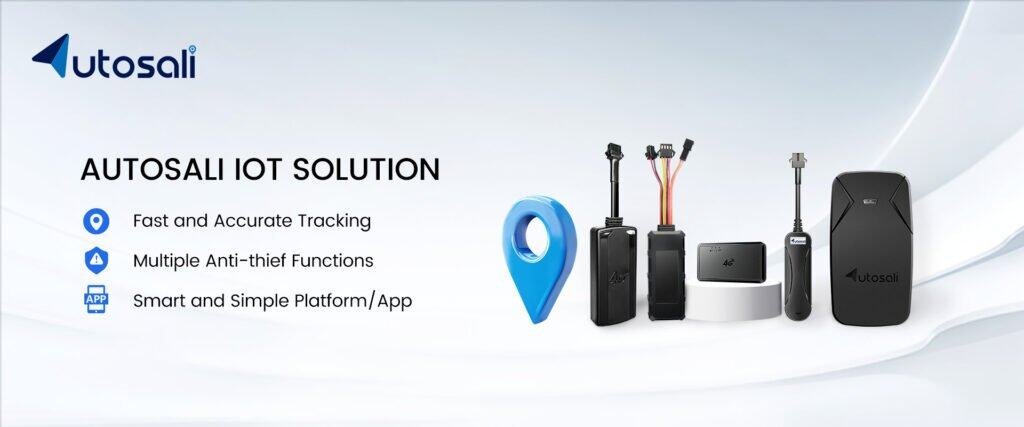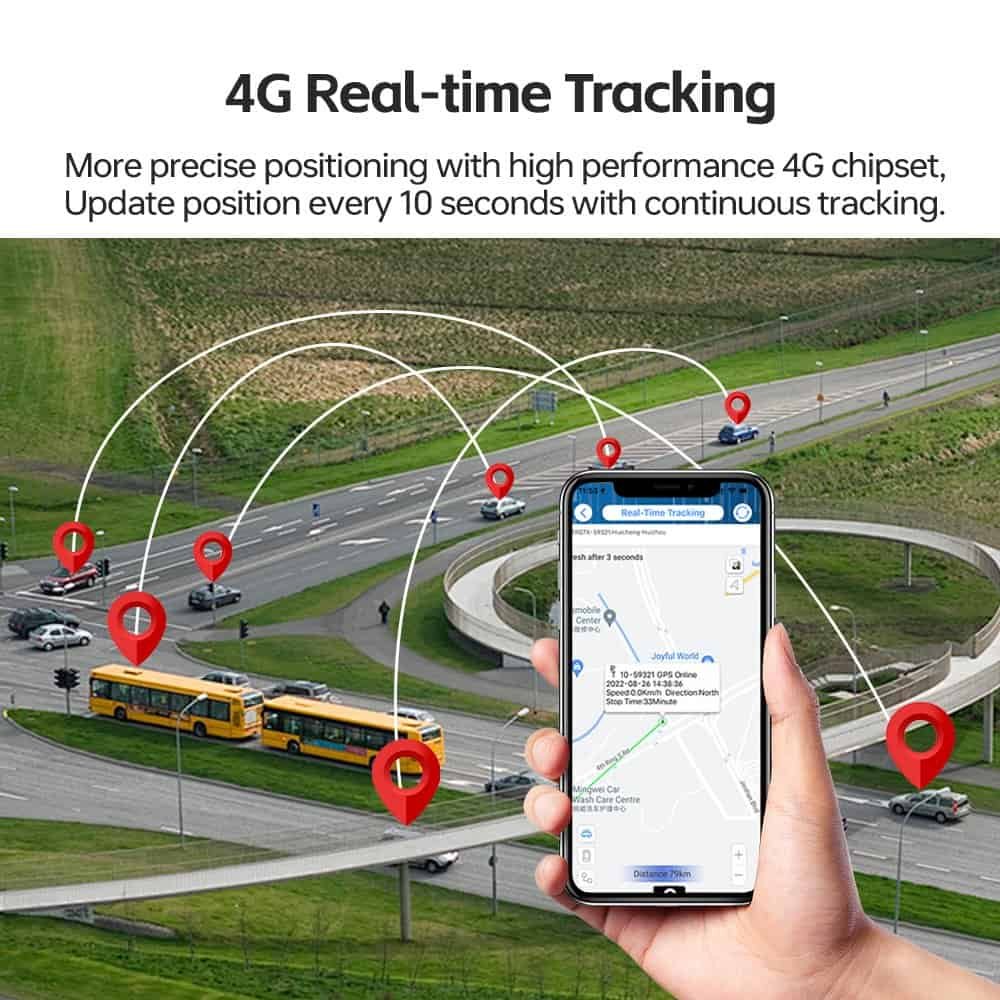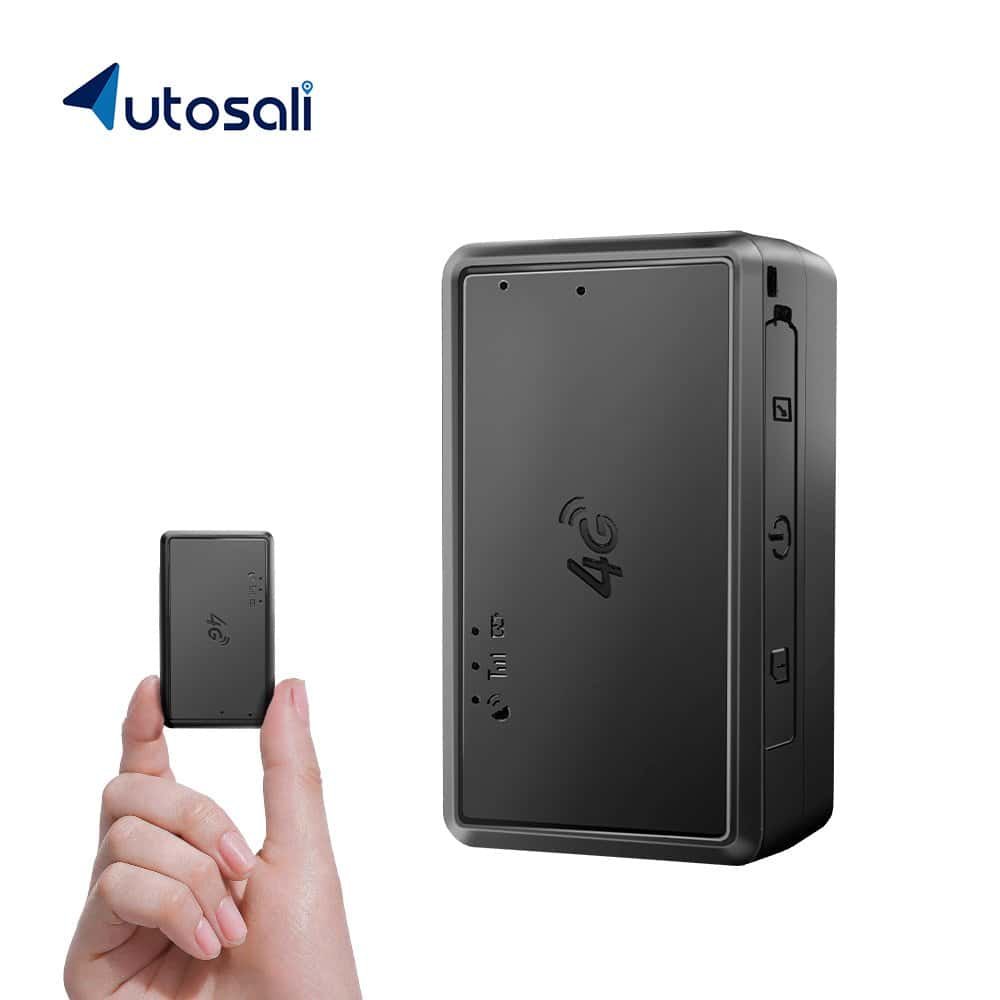Knowing how long batteries last on GPS trackers and understanding how often a GPS tracker needs to be charged will help users to choose the right models, for those who rely on devices for logistics, fleet management, and asset tracking .
This guide will explain the factors that affect the battery standby time of devices, what kind of devices to choose for different needs, and how wireless devices can choose the appropriate working mode to increase standby time.
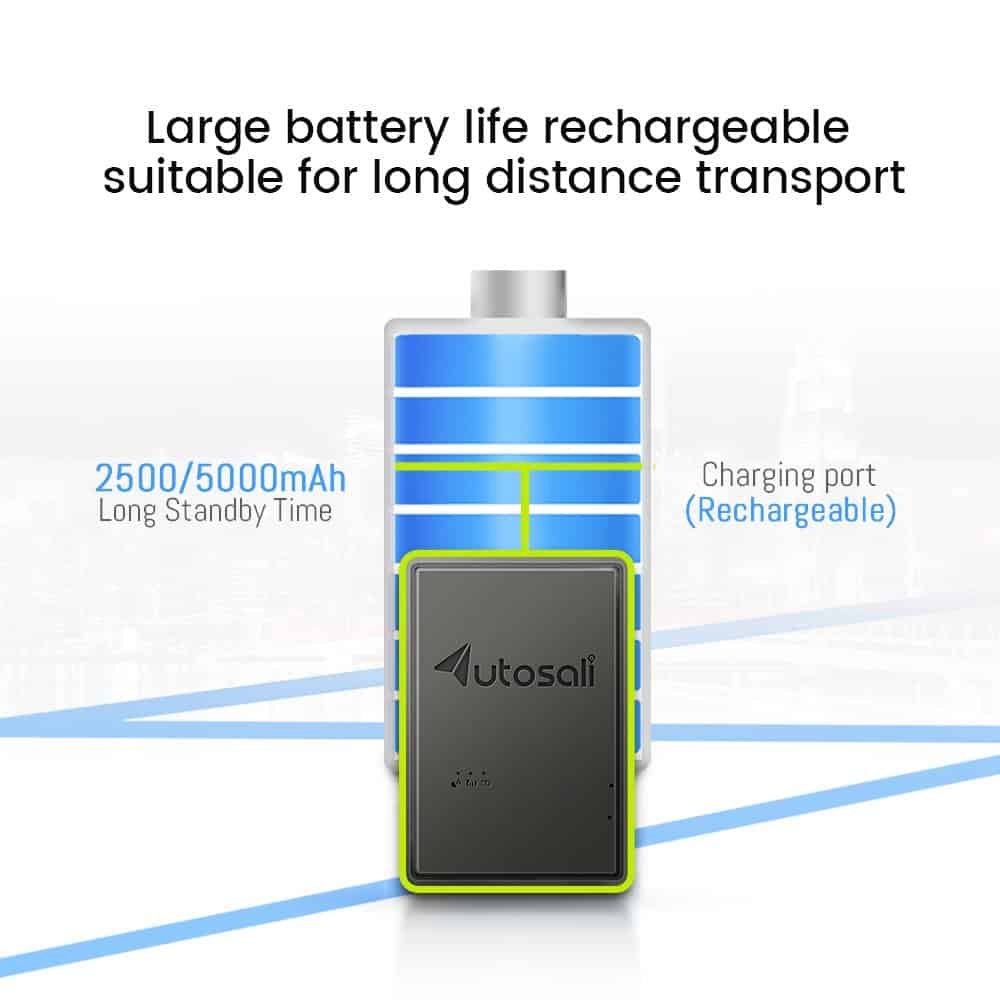
- Factors That Affect GPS Tracker Battery life
1,The Data Updating Timer/Intervals Setting:
The gps tracker could be set different data upload intervals according to different usage scenarios, such as 30-40 seconds for motorcycles and 10-15 seconds for cars. Assets need to set intervals according to different usage requirements to achieve the best use effect. The shorter the data upload interval, such as 10 seconds, the more accurate the real-time tracking data will be, but it will also consume more power. Therefore, setting an appropriate time interval can extend the battery standby time while meeting usage requirements.
2,The Working Modes Settiing
In addition to the above time interval settings, it is particularly important for battery-powered devices to set the working mode to suit the usage scenario. For example, the model VG04A of Autosali, with a battery capacity of 10,000 mAh, has the following standby time in different working modes:
| VG04A (10,000mAh) | VG04B (20,000mAh) | |
| Fast Tracking Mode | 7 Days | 13 Days |
| Smart Mode | 107 Days | 213 Days |
| Powe-saving Mode | 150 Days | 300 Days |
The following are the definitions of the three working modes. Choosing the correct working mode according to the user’s usage scenario is particularly important for the use of battery power.
Fast tracking mode: The device is in the working state by default, the position is updated once in 30S, and the device works until the battery runs out or switches to other work modes.
Smart mode: The device is in working state by default, and updates the position once every 30S (this time is the GPS data upload time, which can be set and is subject to the latest set time). After being stationary for 5 minutes, the device enters standby state(GPRS is on, GPS is off), transmits a heartbeat packet once every 5 minutes (which can be set), and vibrates to wake up and enter working state.
Power-saving mode: The device is in sleep state by default, and will work once every 1 hour (this time is the working time interval, which can be set) to update the location. If there is no positioning within 2 minutes, it will restart and update again after 10 minutes, working for 2 minutes each time. The rest of the time it is in sleep state and cannot be awakened by vibration. It will work at the set time interval.
.jpg)
3, The Signal Environment:
The signal environment significantly impacts a gps tracker’s standby battery life due to weak signal Strength, In areas with poor cellular coverage (low bars), poor gps signal, the device consumes more power to maintain a stable connection by repeatedly searching for and boosting signals. Example: Standby time shortens in basements or rural areas with weak signals. Stronger signals = longer standby time, while poor connectivity accelerates battery drain.
- To Choose the Right Type and Right Working Mode of Tracking Device for Your Use Case
1, For Logistics Tracking
Regarding for real-time positioning and tracking of vehicles or containers, for special cargo transportation, environmental monitoring such as temperature and humidity is also required. If the logistics company’ requires full real-time tracking, a single tracking trip can be completed within a week, and there is no external power supply for trackers, a device with a long standby time is a good option, such as VG04 model of Autosali gps, which has fast tracking mode and smart mode. In addition to real-time positioning data, it can also query 3 months of historical tracks, Geo electronic fence alarms, vibration alarms, and light-sensing anti-demolition alarms. The platform can also query transportation efficiency, time analysis and other data reports, providing logistics companies with comprehensive hardware and software solutions.
2, For Fleet Management
For fleet management companies, high-precision GPS positioning modules, 4G+2G communication modules (supporting 2G networks in remote areas), backup power supplies (can continue to work for 2-3 hours after power failure), safety warnings (power failure alarm, door magnetic switch alarm, ACC detection, remotely cut-off oil and power ), UBI insurance driving behavior data, etc. If the vehicle can provide power, wired devices are preferred, which can provide stable power for the device without worrying about battery charging. For wired devices with low power mode, When ACC is off and the vehicle is stationary, the device operates with low power consumption, which can greatly reduce the consumption of the vehicle battery, such as the GT10 device of AAutosali gps. If you prefer free installation, you can also choose wireless/handheld devices, such as the smart mode of the VG07 series and VG04 series, or OBD 4G devices, easy plug and play.
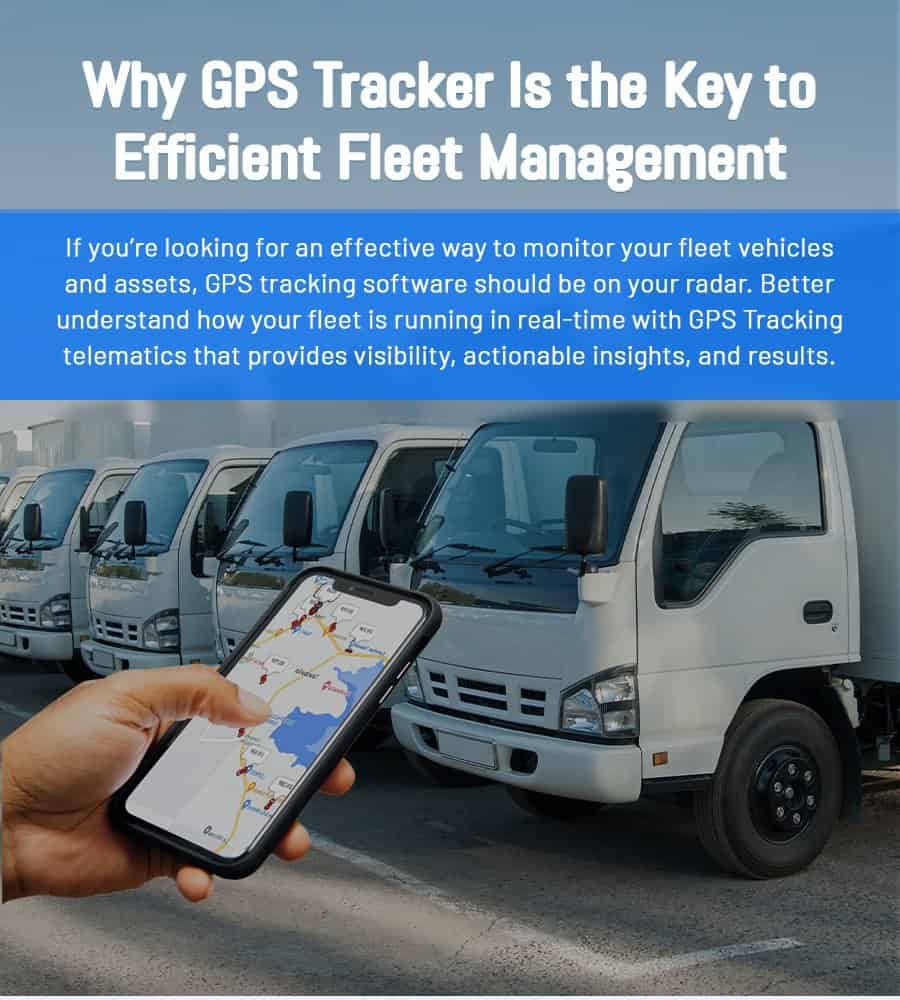
3, For Assets Tracking
For asset management and tracking, battery standby is a priority for many companies due to the special size and usage scenarios of many assets. Therefore, Autosali has developed tracking devices with various sizes and battery capacities for asset management companies based on different asset forms and standby time requirements: VG07 series, VG04 series, respectively 1500mAh, 2500mAh, 5000mAh, 10000mAh and 20000mAh, with standby times ranging from 1 day to 3 years. Firmware and software solutions can be customized according to customers’ specific needs.

Need help finding the right solution for your company? Contact us +86 18824141626(whatsapp/wechat), email: violachueng@auto-sali.com or visit our company website to discover more: https://autosaligps.com
